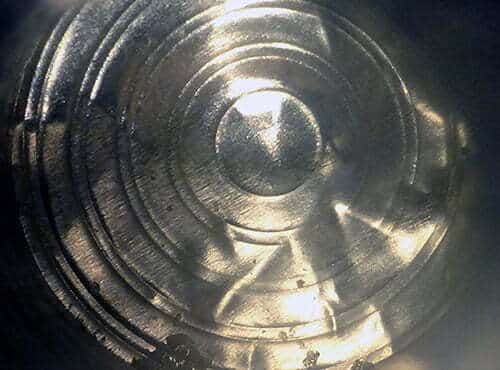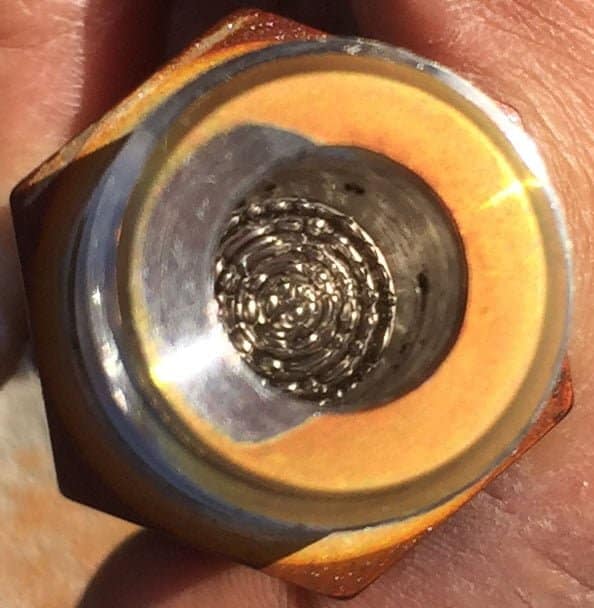 For all continuous output pressure sensors, no matter the application, the component most sensitive to external factors, and most crucial to sensor functionality, is the sensing diaphragm. If it is not working correctly, either your readings will be incorrect or, in extreme cases, you will have no readings at all.
For all continuous output pressure sensors, no matter the application, the component most sensitive to external factors, and most crucial to sensor functionality, is the sensing diaphragm. If it is not working correctly, either your readings will be incorrect or, in extreme cases, you will have no readings at all.
So often in the world around us, we hear “Don’t do this” or “Don’t do that” yadda, yadda, yadda…. Let’s try a more positive approach. Here are five Dos which, if followed, will keep your sensor and its diaphragm performing great.
Many pressure sensors have an over pressure rating of at least 2X (or, twice the full scale pressure of the sensor). This does not necessarily mean that a transducer will work correctly when over pressured; rather, in many cases a transducer can be recalibrated or repaired back to work within specifications, as long as it was not subjected to more than twice its rated pressure. Burst pressure is the pressure that will irreparably break the sensor (see top photo). This is often listed as three times the full scale pressure of the sensor.
Torque forces imposed on the sensor mounting threads during installation are often transferred to some degree to the sensor diaphragm. If these torque forces are too high, they will compress the diaphragm, causing the output calibration of a sensor to change.
To minimize the torque forces on the sensor diaphragm, use a torque wrench when installing a threaded pressure sensor. Manufacturers’ recommended settings may vary, but we suggest a maximum setting of 43 Ft*lbs (58.3 N*m).
It used to be commonplace among users “in the know” to tap a pointed object, such as a pen or pencil, against different parts of the sensor diaphragm to adjust the sensor output. In theory, tapping in the center would shift the output up and tapping on the side would bring it down. While this works to temporarily adjust the sensor output, it also disturbs the bonding layer behind the diaphragm, causing the sensor output to drift. The output might start where the user wants it, but it will not stay there.
Not only is poking the diaphragm an unreliable method for calibrating a sensor, it’s hazardous for the sensor’s health: the diaphragm could be damaged very easily. Poking or tapping the diaphragm will also void any warranty. If your sensor does not have field adjustable settings (potentiometer screws for zero or span) or electronically adjustable input and output settings, then contact your manufacturer for calibration instructions.
 Pressure sensors are often installed in corrosive environments. A corrosive environment may include gaseous or liquid contaminants formed from strong acids, or bases, or hydrocarbons, or ... you get the picture. The degree of corrosiveness depends not only on the contaminant, but also on the materials it can interact with. Thus, knowing the chemical compatibility of your sensor with the substances with which it will come in contact is imperative.
Pressure sensors are often installed in corrosive environments. A corrosive environment may include gaseous or liquid contaminants formed from strong acids, or bases, or hydrocarbons, or ... you get the picture. The degree of corrosiveness depends not only on the contaminant, but also on the materials it can interact with. Thus, knowing the chemical compatibility of your sensor with the substances with which it will come in contact is imperative.
The most critical pieces of the sensor are its wetted materials and the diaphragm. If the diaphragm’s material is not chemically compatible, sensor failure is guaranteed, and the electronics within the sensor could be in danger. If the wetted materials of the sensor are not compatible with the substance being measured, the sensor is in danger of physically failing and creating a leak in the system.
Heavy duty applications are often associated with high vibrations. A sensor’s sensing element (pill and diaphragm), could fail without extra protection from constant high vibrations. This is usually accomplished by adding more epoxy at the time of manufacture to the sensor pill which will prevent excessive movement to the sensing element during usage. But this protection can’t be added after the fact. If you don’t communicate the high vibration environment of your sensor, your manufacturer can’t help you mitigate it effects.
Being a “Doer” when it comes to your sensor’s diaphragm will ensure your sensor doesn’t become a “Don’t” as in “It Don’t Work”. And nobody likes a sensor that Don’t Work.
Have questions about your pressure transducer and/or its diaphragm? Want to make sure you are doing all the “Dos" to avoid a “Don’t” sensor? Our Measurement Experts would love to help. Give them a call, drop them an email, or live chat with them today.